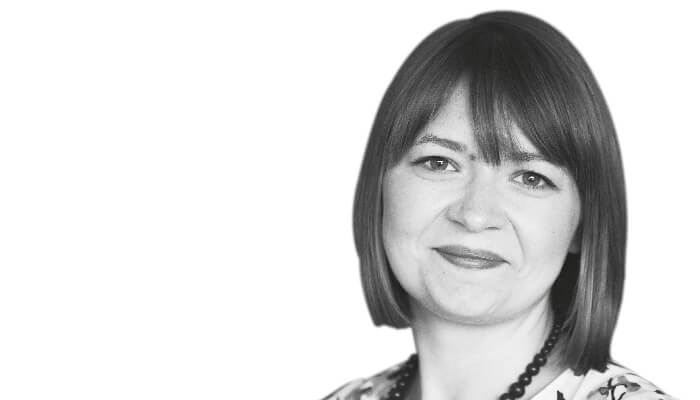
Recently, a friend mentioned to me a statistic that, at first, was difficult to understand. Apparently, we should all be resting for 42 percent of our day. In other words, out of every 24 hours, at least 10 should be devoted to sleep, leisure, and connecting with others – so something other than work or life admin tasks, with no exceptions!
And that wasn’t the end of my friend’s argument; apparently, if we don’t devote 42 percent of our time to rest, it will come back to haunt us – in the form of burnout – and, ultimately, we will have no choice but to pay back this borrowed time (and more).
My friend cannot lay claim to this concept. It actually comes from a book by Emily and Amelia Nagoski – the former a health scientist, the latter a music professor (1). Now, I wonder whether you are shaking your head in disbelief or if you recognized the value of this equation a long time ago. But even in ophthalmology – a specialty commonly regarded as providing the best work-life balance (as Dr Glaucomflecken’s sketches would have us believe) – 52 percent of female ophthalmologists report feeling burned out (2). During the COVID-19 pandemic, burnout affected 56 percent of ophthalmologists and resulted in a reduction of working hours, and increasing the time spent on exercise, hobbies, and other leisure activities (2). And a US survey showed that ophthalmologists employed in academic and hospital settings reported higher burnout rates than those working in large private practices (3).
Burnout never used to be a concept I worried about; in fact, when my boss insisted that I should take my annual leave regularly throughout the year to prevent it, I would smile, nod, and then dismiss the advice. Then, 2020 came – and things changed. With many of our usual emotional outlets closed off to us, the concept of burnout started popping up everywhere. Like me, you may have found yourself laughing at burnout-themed tweets – and then carrying on working (either the professional or unpaid kind at home). Is the solution simply embracing that 42 percent?
Quite possibly. And I find that celebrating wins – big and small – can also help. Speaking of which, all of us at Texere Publishing will be blowing out the candles on our 10th birthday cake this June – but mainly we’ll be raising a glass to thank our wonderful readers, contributors, and partners who made it possible. Cheers!
References
- E Nagoski, A Nagoski, Burnout: The Secret to Unlocking the Stress Cycle. Ballantine Books: 2019.
- Medscape, “Ophthalmologist Lifestyle, Happiness and Burnout Report 2022.” Available at: https://bit.ly/3GEUVqT.
- JA Sedhom, “Physician burnout in ophthalmology: a national survey,” J Cataract Refract Surg, [Online ahead of print] (2021). PMID: 34596630.
